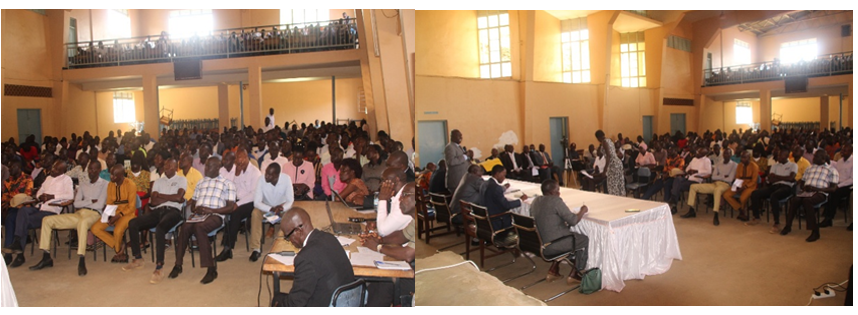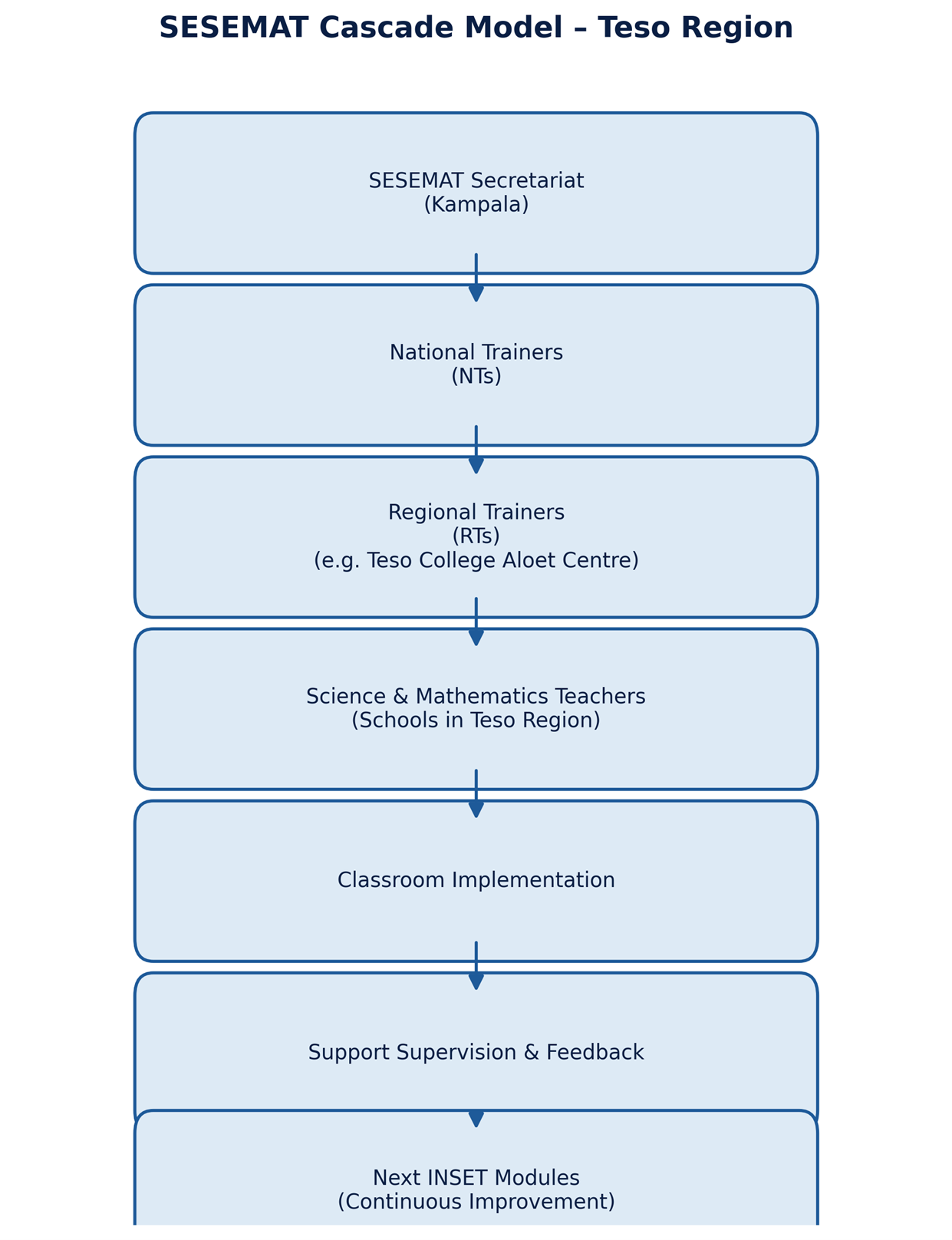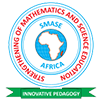From INSET to Impact: Building a Science Movement in Teso SESEMAT Region, Uganda
“When teachers are empowered, classrooms come alive—and learning stops being an event; it becomes a way of life.” — Adapted from Guskey (2002)
1. Introduction
What began as a national INSET programme has grown into a vibrant science movement in the Teso SESEMAT Region—a living example of how well-coordinated professional development can transform classrooms across Uganda. Through the cascade model, National Trainers equip Regional Trainers, who in turn empower science and mathematics teachers across the region, ensuring that every classroom becomes a centre of inquiry, innovation, and competence.

Figure 1: Regional INSET at Teso College Aloet-SESEMAT Center
At the heart of this transformation lies a powerful vision of turning training into practice and practice into impact through knowledge co-creation. Regional trainers have moved beyond workshops to engage teachers in school-based mentoring, observation, and feedback, bridging the gap between policy and practice. This continuous cycle strengthens teacher confidence in implementing the Competency-Based Curriculum (CBC) and makes science learning more engaging, collaborative, and relevant to real life.
The Teso SESEMAT Region story shows that lasting improvement in STEM education grows not from single events but from collaboration, reflection, and community-driven innovation.
This report highlights key findings from the Support Supervision Exercise held across secondary schools from 24th–26th March 2025, following the January 2025 INSET training under the SESEMAT cascade model. The exercise aimed to evaluate how teachers are applying INSET skills and identify training needs to inform future modules for continuous professional growth.
2.The SESEMAT Cascade Model
The SESEMAT cascade model embodies a powerful vision of scaling teacher competence through mentorship, shared practice, and knowledge co-creation.
By moving knowledge from National Trainers to Regional Trainers and then to school-based teachers, the model transforms training into a dynamic cycle of learning where teachers continuously create, apply, and refine knowledge together.
Its greatest strength lies in its inclusivity and sustainability — teachers are not passive recipients of content but co-constructors of professional knowledge, actively engaging in reflection, feedback, and contextual adaptation.
However, the model faces challenges such as limited facilitation, time constraints, and uneven follow-up across districts, which can slow the feedback loop necessary for continuous improvement.
Despite these hurdles, the SESEMAT approach remains a cornerstone of collaborative professional learning in Uganda — a system that empowers teachers to grow together while enhancing learner outcomes through shared innovation and practice.
3. Key Achievements (2024–2025)
Refresher INSET was conducted for 439 science and mathematics teachers across Teso Region, from 13th–17th January 2025 at Teso College Aloet SESEMAT Centre. The Regional Management Committee (RMC), working with national and regional trainers, then conducted support supervision to assess implementation, mentor teachers, and collect feedback.
4. Key Findings
- Learner-centred approaches were still limited in some schools.
- Some schools excelled in lesson planning and implementation (Ngora Ark Peas, Teso College Aloet, etc.).
- ICT integration was minimal due to infrastructure gaps.
- Teachers requested additional training on assessment design, project work, and scoring rubrics.
- Staffing shortages persist in Physics, Chemistry, Biology, and Mathematics.
- Laboratories in most seed schools were poorly equipped.
- Some Headteachers failed to facilitate teachers’ participation in INSET.
- Environmental maintenance and school sanitation were poor in several schools.
5. Recommendations
- Strengthen monitoring and regular supervision for continuous teacher support.
- Mobilize resources for laboratory consumables, ICT equipment, and Project Based Learning kits.
- Enhance CPD delivery with modules on formative assessment and digital pedagogy.
- Recognize and facilitate outstanding teachers to boost motivation.
- Collaborate with MoES to address staffing gaps.
- Ensure Headteachers support teacher attendance at all SESEMAT INSET sessions.
- Encourage schools to maintain digital data records for accountability.
- Develop regional networks for item development and assessment harmonization.
- Promote infrastructure investment in power and internet connectivity.
- Provide standardized lesson plan templates to all teachers.
6. Conclusion
The March 2025 supervision demonstrated that Teso Region continues to make steady progress in strengthening science and mathematics education. However, more effort is needed in ICT integration, assessment design, and infrastructure improvement. Sustained collaboration between teachers, Headteachers, regional trainers, and the SESEMAT Secretariat will ensure that professional development remains relevant and responsive to classroom realities.
